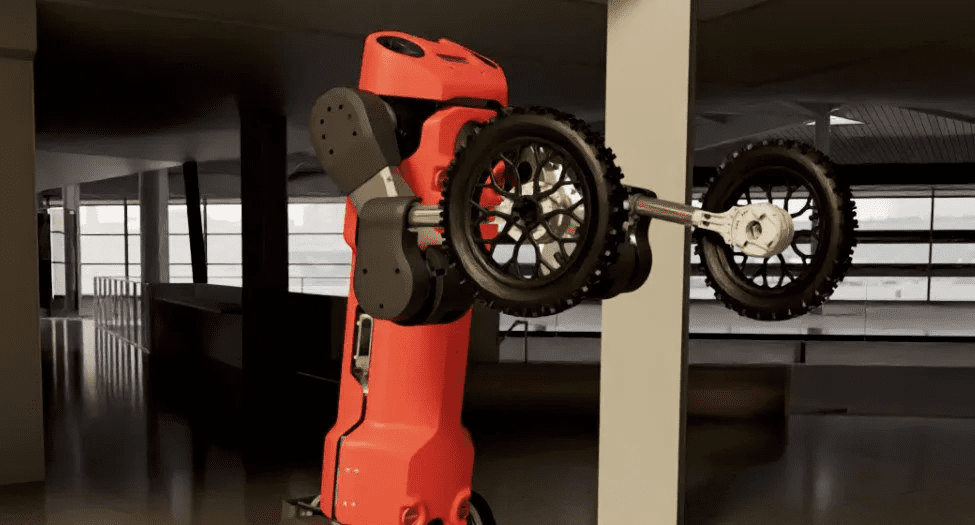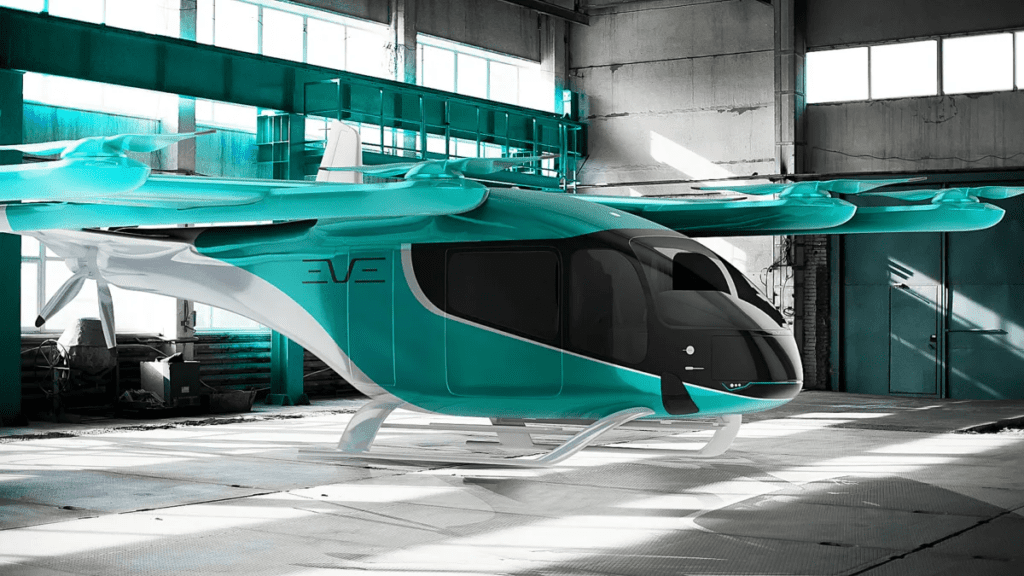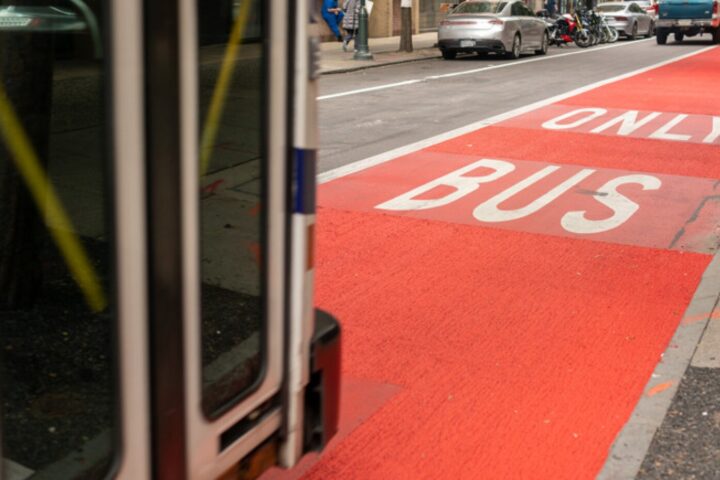In the bustling world of robotics, a standout creation has arrived that defies convention and pushes the boundaries of innovation. The Swiss-Mile robot, a brainchild of Marko Bjelonic and his team at ETH Zurich’s Robotic Systems Lab, carries a price tag befitting a supercar, but its capability justifies the investment. This extraordinary device is revolutionizing the realm of automated delivery and emergency services, a crucial area of development given our increasingly digital and dynamic world.
The Swiss-Mile robot is more than just a delivery bot. Its design emphasizes versatility, employing both wheels and legs for optimum mobility. This creature of technology can conquer stairs, transport up to 50kg, and zip around at 22 km/h, broadening the scope of its utility beyond traditional delivery to disaster relief and urban logistics.
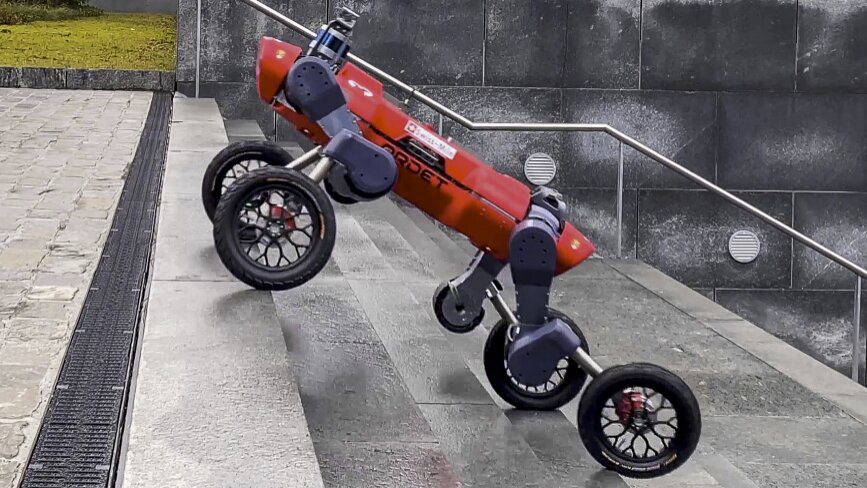
What’s impressive about Swiss-Mile is its AI-powered navigation system. Harnessing the potential of AI, it navigates through challenging terrains by comparing online data with a pre-mapped digital twin, enabling real-time adaptation to environmental changes. Thus, the robot can serve in areas humans or vehicles cannot access, delivering emergency supplies swiftly and efficiently.
Among the most groundbreaking aspects of the Swiss-Mile robot is its transformative capability. The ability to switch between two-legged and four-wheeled configurations allows it to perform a multitude of tasks, from summoning elevators to opening doors, even showing off some dance moves. This versatility, powered by a potent battery that guarantees around 10 hours of operation, takes the robotic assistance concept to a whole new level.
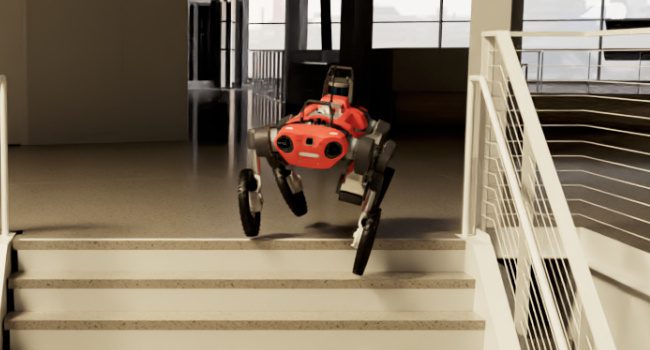
Swiss-Mile is more than just a prototype; it’s a vision of the future. With ongoing improvements and modifications, its designers at ETH Zurich envision a future where it aids search-and-rescue operations, thanks to its autonomous navigation and data mapping system.
Another promising aspect of Swiss-Mile is its eco-friendliness. It outperforms other legged robots and lightweight delivery drones in terms of speed, energy efficiency, and distance coverage. This efficiency contributes to the robot’s appeal, making it a powerful tool for sustainable urban logistics.
Similar Post
Furthermore, the integration of advanced systems like GPS, LiDAR, and cameras ensures seamless and safe navigation. Swiss-Mile can autonomously navigate, avoid obstacles, and continuously improve its performance through a reward-based reinforcement-learning algorithm, a testament to the profound possibilities of artificial intelligence.
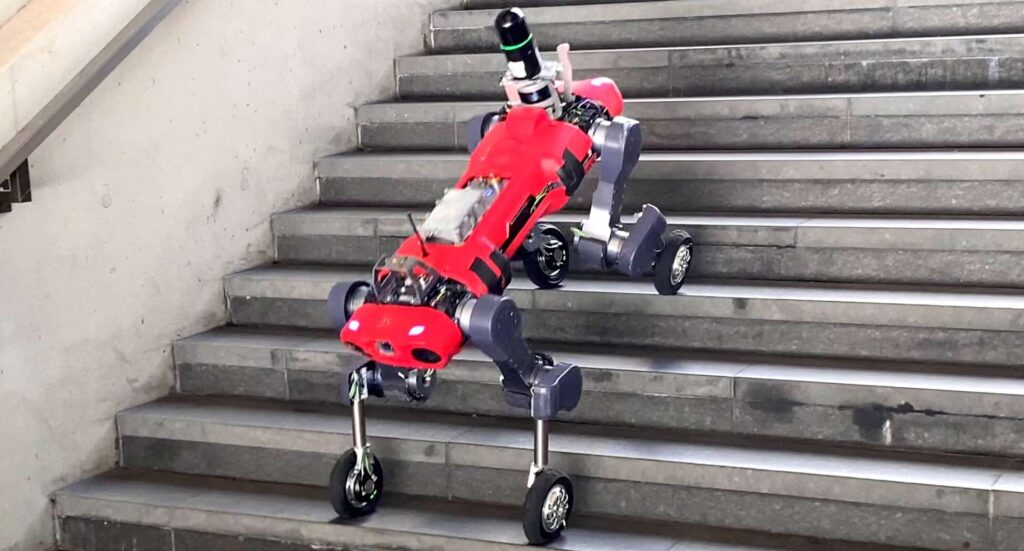
A critical part of the Swiss-Mile project is its collaboration with Armasuisse, the Swiss government’s defense procurement agency. With their involvement, the robot’s disaster-response capabilities will significantly enhance, eventually becoming a critical resource in handling challenging disaster scenarios.
In a decade, we may see Swiss-Mile rescuing lost people in forests, fighting chemical plant fires, or setting up emergency response camps. This versatile robot could potentially evolve into a device capable of carrying people out of disaster zones, redefining the parameters of rescue operations.
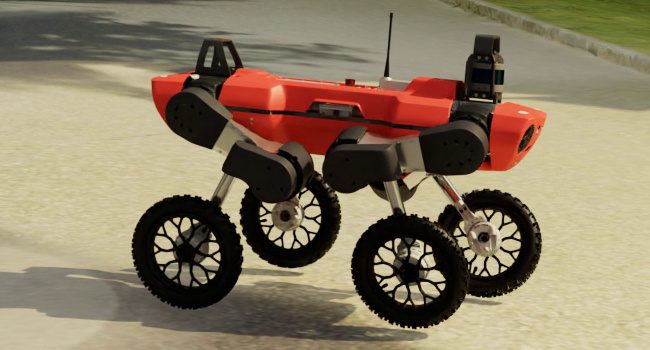
Despite its remarkable features, Swiss-Mile is not just a fancy piece of tech. Its name, tied to its last-mile delivery application, symbolizes a drive to reshape the future of robotics and redefine the concept of a “mile”. With every Swiss-Mile traveled, we move closer to a future where robots are not just machines, but crucial partners in building a safer, more efficient world.
